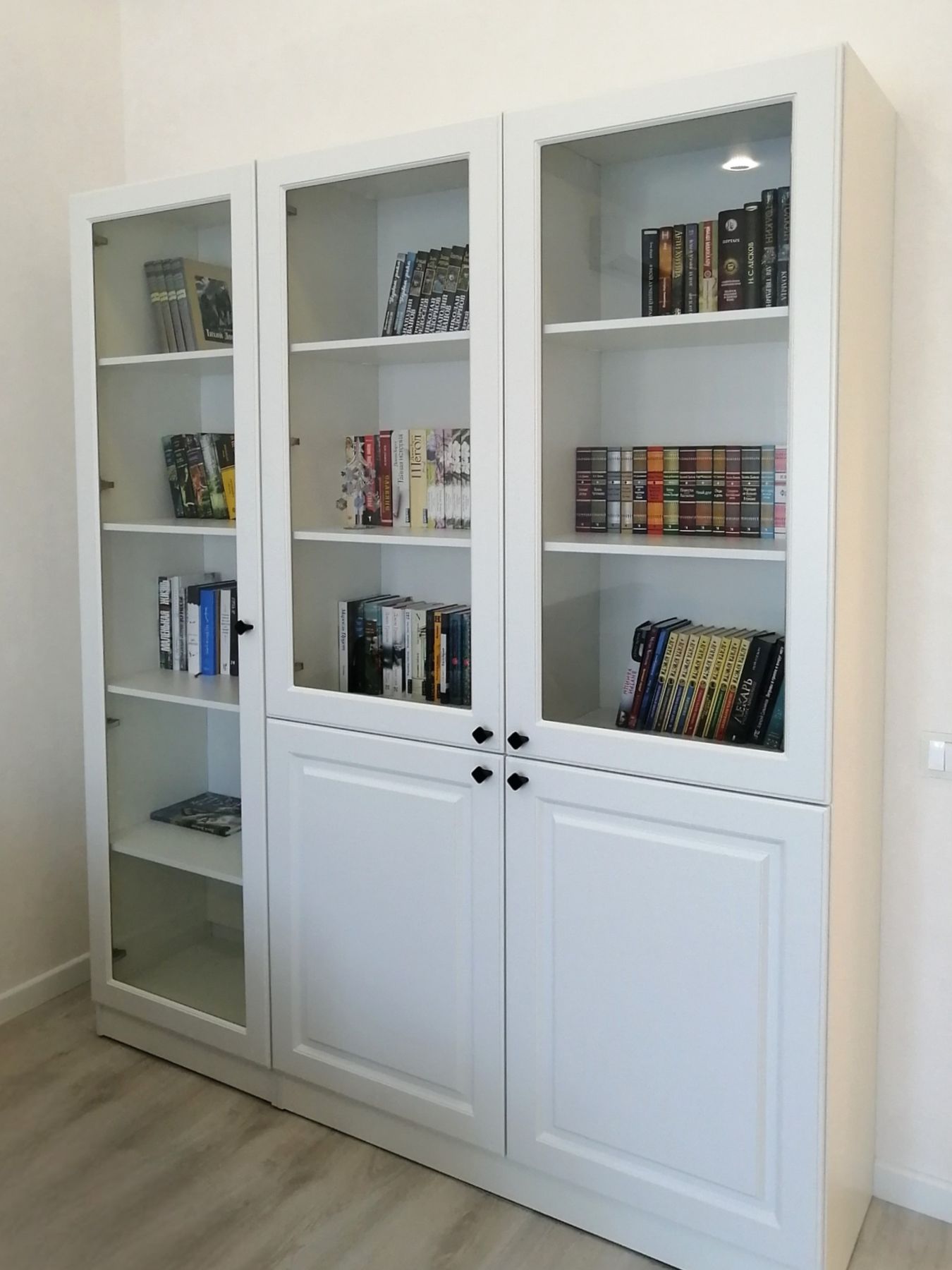
Culinary Spaces Reimagined Perfectly
The heart of a home is often found simmering on the stove or baking in the oven within the culinary space. However, as times change and our needs evolve, the traditional kitchen must transform too. This article explores how culinary spaces can be reimaged in ways that both cater to modern-day chefs and provide an aesthetically pleasing environment for the entire family.
The Modern Culinary Space: Beyond Cooking
The kitchen of today must transcend the basic functionality of cooking and evolve into a multi-purpose space. It's no longer just a place to prepare meals, but also an area for socializing, dining, and even working. The reimagination of this area involves creating a space where technology, design, and functionality meet. Think of smart appliances that not only make life easier but also add to the modern aesthetic of the space. For instance, a smart refrigerator that can suggest recipes based on its contents or a dishwasher that can be controlled remotely are conveniences that make the modern kitchen a hub of efficiency.
Design Principles for the Perfect Culinary Space
When it comes to design, the reimagined culinary space should feel both welcoming and harmonious. Aesthetics play a massive role, with minimalist designs taking center stage. The use of clean lines, neutral color palettes, and seamless integration of appliances creates a serene environment. However, the perfect kitchen also needs to be practical, with plenty of storage solutions and easy-to-clean surfaces. Incorporating islands with built-in sinks, seating areas, and additional storage can also add to both the functionality and the social aspects of the kitchen.
Incorporating Sustainability
An often-overlooked aspect of the perfect culinary space is sustainability. Reimagined kitchens are now paving the way for environmentally conscious cooking by incorporating energy-efficient appliances, sustainable materials, and even indoor herb gardens. This creates a space that not only looks good but also does good for the planet. Low-flow faucets, LED lighting, and composting systems are just some of the ways a kitchen can be eco-friendly while remaining stylish.
Flexibility and Adaptability
Flexibility is crucial in modern kitchen design. The space should be able to adapt to different uses and needs. Movable furniture items, such as kitchen carts or modular units, can be reconfigured depending on the activity taking place. Additionally, adjustable lighting can create the right ambiance, whether it's bright for cooking or dimmed for dining. The perfect culinary space also considers the diverse needs of its users; thus, adjustable countertops or cabinetry suit chefs of all ages and abilities.
The Tech-Forward Kitchen
Technology has the power to transform the culinary space like never before. Smart kitchens are not a thing of the future but a reality of the present. Voice-activated devices can help in multitasking, while AI-powered gadgets can assist in everything from meal-prepping to inventory management. Integrating technology with kitchen appliances and systems allows for a seamless experience that can make cooking and managing the home significantly more efficient.
Conclusion: A Space That Caters to All
Reimagining culinary spaces involves a thoughtful blend of design, functionality, sustainability, and technology. The perfect kitchen is not just a place where meals are made but a space that brings people together, conserves the environment, and embraces innovation. With these principles in mind, we can create kitchens that are not only efficient and beautiful but also a true reflection of our modern lifestyle.